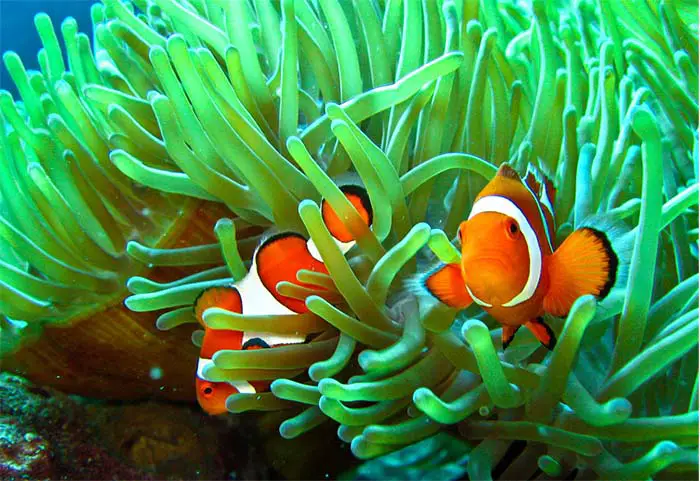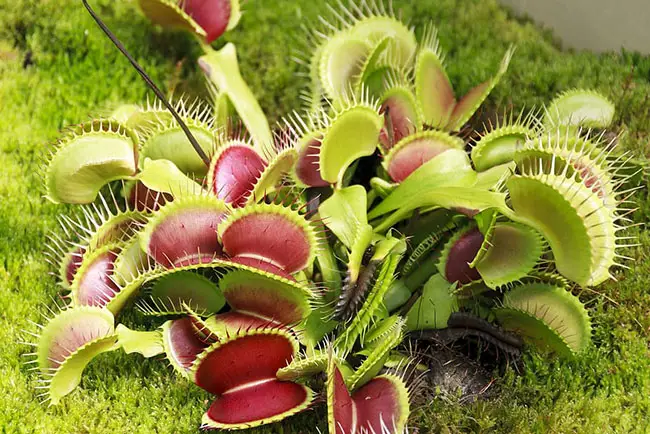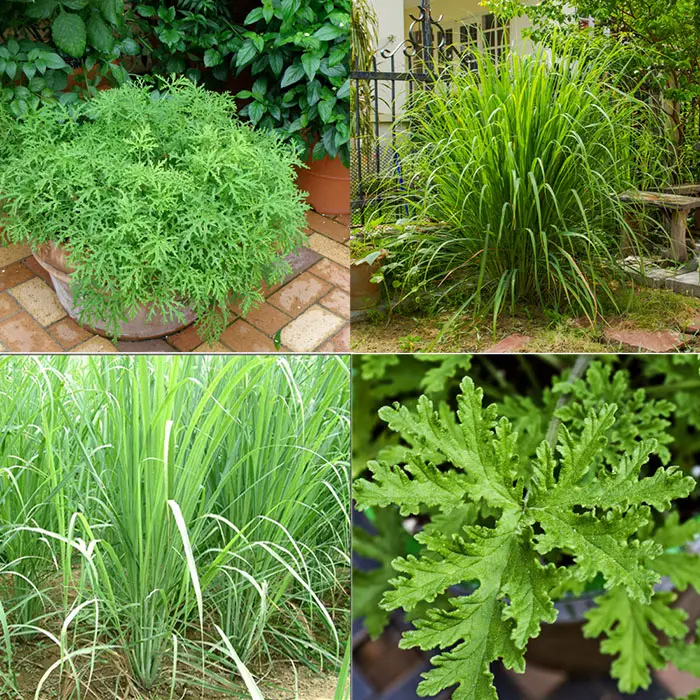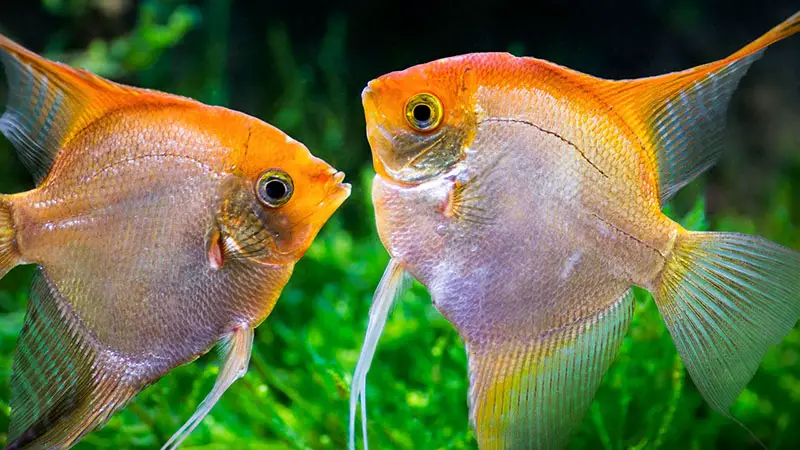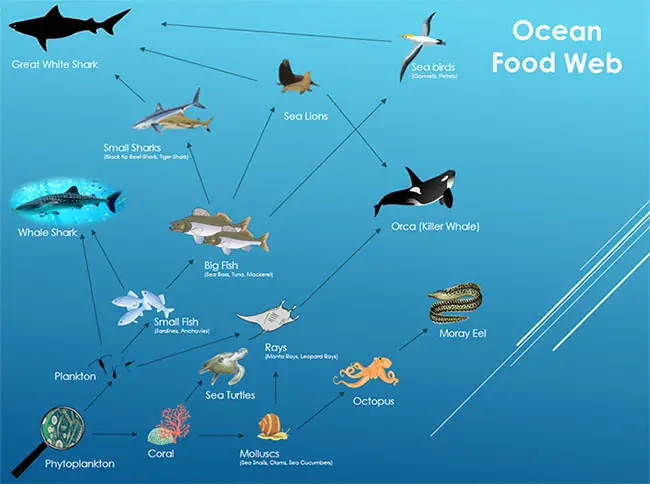Parasitism is a symbiotic relationship between two organisms; where one is the parasite which lives on another organism known as host to gain benefits from the host. Sometimes, the parasite can harm the host in the process of gaining benefits. The word parasite comes from the Greek word, ‘parasitos’ that translates into “one who eats at the table of another”. This relationship was further confirmed by the entomologist E. O. Wilson saying that parasites can be simply identified as “predators that eat prey in units of less than one”.

Types of Parasites
Parasites are classified according to the relationship they have with the host. The types of parasites are listed below in detail.
Obligate Parasitism
Obligate parasites are parasites that have a full dependent relationship with the host to complete their life cycle. But obligate parasites will not cause death to the host as they need the host to survive. A good example would be head lice, in which they lay eggs in the hair of humans, then the nits develop and if the adult head lice are removed from the human scalp they won’t survive for a long period. Chlamydia is another example of a parasite that requires a eukaryotic host cell to survive.
Facultative Parasitism
Facultative parasites have an independent relationship with the host to complete their life cycle but they can be parasitic when they need to. They live as free organisms most of the time. many plants, animals and fungi you see in the environment are facultative parasites. A good example would be the honey fungi or the Armillaria species. Honey fungus can exist without being parasites to the trees but when they activate their parasitic nature, a root disease that is known as “white rot” is seen in trees. An example of an animal being a facultative parasite would be the roundworm Strongyloides stercoralis which causes a disease called strongyloidiasis in humans. The symptoms are upper abdominal pain, diarrhea, cough, wheezing, rash etc.
Endoparasites and Ectoparasites
Endoparasites live on the body surface of the host while the ectoparasites live inside the body of the host. Nematodes, hookworms, tapeworms are good examples of endoparasites. The hookworm; Ancylostoma duodenale or Necator americanus lives in the small intestine of humans. Tapeworms also live in the intestines of humans and feed off the nutrition the host gets. Therefore, humans with tapeworm infection can show symptoms like nausea or weakness.
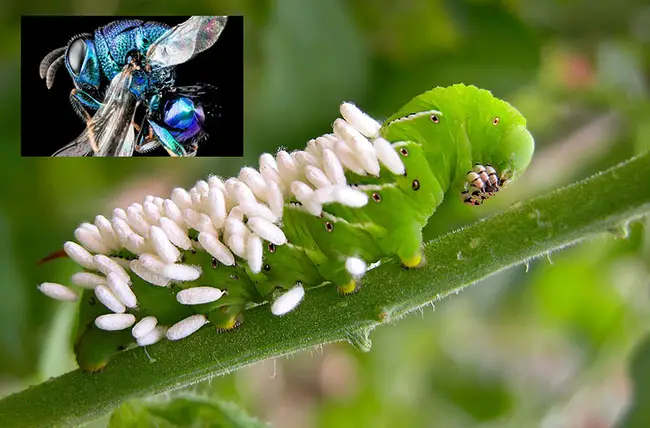
Mesoparasites
Mesoparasites enter the body of the host through an external opening but does not fully go inside the host’s body. Instead, they live partially attached to the host body through an anchor. An example would be copepods; a type of copepod of the Cyclops genus living in freshwater causing dracunculiasis disease in humans.
Macroparasites and Microparasites
Macroparasites are parasites that complete their life cycle outside the host body and they can be seen with the naked eye. Fleas, worms, lice are examples for macroparasites. Microparasites usually complete their lifecycle inside the host body and are too small to be seen with the naked eye. They can be seen under a microscope, therefore some examples would be bacteria, viruses and protozoa.
Necrotrophic parasites- Killing parasitism
Necrotrophic parasites kill their host eventually by getting the required nutrients from the host. There are two types of Necrotrophic parasites (parasitoids); diobionts and koinobionts.
Idiobiont parasitoids sting their prey to kill it or to make the prey paralyzed. The paralyzed prey is then taken to the nest of the parasite. The parasite lays eggs on it and after the larva develops, they feed on the leftover prey.
Koinobiont parasitoids like wasps lay eggs inside young larva (host). The young larva and the parasitoid larva begin to develop together but eventually, the parasitoid larva feeds on the host to leave them dead.

Biotrophic parasitism
Biotrophic parasites do not kill their host as they need the host for development and survival. A good example would be rust fungi; in which they cause a red colouration in the host plants they attack.
Monogenetic parasitism
Monogenetic parasites require only one host to complete their life cycle. Entamoeba histolytica is a protozoan that is a good example of monogenetic parasites. They cause a disease called amoebiasis by living in the large intestine of humans.
Digenetic parasitism
Digenetic parasites require more than one host to complete their life cycle. For example, the malaria parasite which is known as Plasmodium vivax requires two hosts; the primary host and the secondary host to complete the life cycle. Primary host, in this case, is the human where the asexual reproduction happens and the secondary or the final host is the invertebrate female anopheles’ mosquito in which the sexual reproduction happens.
Epiparasites
Epiparasites are parasites living on another parasite. Therefore, these types of parasites are also known as secondary parasites. A good example would be a protozoan living in the digestive system of a flea, which in turn lives on cats or dogs.
Brood parasitism
Brood parasites are parasites that expect other animals to care for their young ones as their own. For example, birds like cowbirds, whydahs, cuckoos lay their eggs on other birds’ (host parent) nests secretly without building nests of their own. The eggs laid as such are similar to the host parents’ eggs so the hosts do not see a difference until the eggs are hatched.
Hyperparasites
Hyperparasites feed on another parasite and therefore, they are used as biological controllers of pests in agriculture to control parasite populations.
Social parasitism
Social parasites take advantage of the species or creatures that are closely related to them; an example would be the gypsy’s cuckoo bumblebee where they invade a hive of another bee species (host) so that the young bees are looked after by the host bee workers.

